|
Aristarchus next tried to observe exactly when half the moon was sunlit. For this to happen, the angle Earth-Moon-Sun (angle EMS in the drawing here) must be exactly 90 degrees.
Knowing the Sun's motion across the sky, Aristarchus could also locate the point P in the sky, on the Moon's orbit (near the ecliptic), which was exactly 90 degrees from the direction of the Sun as seen from Earth. If the Sun were very, very far away, the half-moon would also be on this line, at a position like M' (drawn with a different distance scale, for clarity).
Aristarchus estimated, however, that the direction to the half-Moon made a small angle a with the direction to P, about 1/30 of a right angle or 3 degrees.
As the drawing shows, the angle ESM (Earth-Sun-Moon) then also equals 3 degrees. If Rs is the Sun's distance and Rm the Moon's, a full 360° circle around the Sun at the Earth's distance has length of 2pRs (p = 3.14159...). The distance Rm = EM is then about as long as an arc of that circle, covering only 3° or 1/120 of the full circle. It follows that
Rm = 2pRs/120 ~ Rs/19
Therefore
Rs/Rm ~ 19
making the Sun (according to Aristarchus) 19 times more distant than the Moon. Since the two have very nearly the same size in the sky, even though one of them is 19 times more distant, the Sun must also be 19 times larger in diameter than the Moon.
If now the Moon's diameter is half the size of the Earth's, the Sun must be 19/2 or nearly 10 times wider than the Earth. The effect described in the figures of section (8c) modifies this argument somewhat (details here), making the Earth 3 times wider than the Moon, not twice. If Aristarchus had observed correctly, that would make the Sun's diameter 19/3 times--a bit more than 6 times--that the Earth.
Actually, he had not! His method does not really work, because in actuality the position of the half-Moonis very close to the line OP. The angle p, far from being 3 degrees, is actually so small that Aristarchus could never have measured it, especially without a telescope. The actual distance to the Sun is about 400 times that of the Moon, not 19 times, and the Sun's diameter is similarly about 400 times the Moon's and more than 100 times the Earth's
But it makes no difference. The main conclusion, that the Sun is vastly bigger than Earth, still holds. Aristarchus could just as well have said that the angle p was at most 3 degrees, in which case the Sun was at least 19 times more distant than the Moon, and its size at least 19/3 times that of Earth. In fact he did say so--but he also claimed it was less than 43/6 times larger than the Earth (Greeks used simple fractions--they knew nothing about decimals), which was widely off the mark. But it makes no difference: as long as the Sun is much bigger than the Earth, it makes more sense that it, rather than the Earth, is at the center.
Good logic, but few accepted it, not even Hipparchus and Ptolemy. In fact, the opposite argument was made: if the Earth orbited the Sun, it would be on opposite sides of the Sun every 6 months. If that distance was as big as Aristarchus claimed it to be, would not the positions of the stars differ when viewed from two spots so far apart? We now know the answer: the stars are so far from us, that even with the two points 20 times further apart than Aristarchus had claimed, the best telescopes can barely observe the shift of the stars. It took nearly 18 centuries before the ideas of Aristarchus were revived by Copernicus.
Postscript
In the year 1600, William Gilbert, physician to Britain's Queen Elizabeth I and the first investigator of magnetism, published De Magnete ("On the Magnet" in Latin, in which the book was written). That book marks the end of medieval thought, built largely on citations of ancient authors, and the start of modern science based on experiments. (For a large web site containing two reviews of the book and the history of the Earth's magnetism from Gilbert to our time, see here.)
Gilbert was a staunch supporter of Copernicus (see section #9c), but it is interesting to note that he still quotes the result of Aristarchus (Gilbert's "Book 6", section 2, about 2/3 through the section), writing "The Sun in its greatest eccentricity has a distance of 1142 semi-diameters of the Earth." Aristarchus estimated the Sun's distance to be slightly below 20 times that of the Moon, which was at a distance of about 60 Earth radii, and 20x60 = 1200, close to Gilbert's figure. In 1800 years, no one had checked that result!
The introduction to Gilbert' book was written by Edward Wright, who used that value to derive the velocity of the Sun, if it were to circle the Earth every 24 hours, ariving at a speed so high that he considered it impossible:
Then whether it would seem more probable, that the aequator of the terrestrial globe, in a single second (that is, in about the time in which one walking quickly will be able to advance only a single pace) can acomplish a quarter of a British mile (of which sixty equal one degree of a great circle on the Earth), or that the aequator of the primum mobile in the same time should traverse five thousand miles with celerity ineffable... swifter that the wings of lightning, if indeed they maintain the truth which especially assail the motion of the earth.
This is the same argument Aristarchus could have made, and probably did.
|
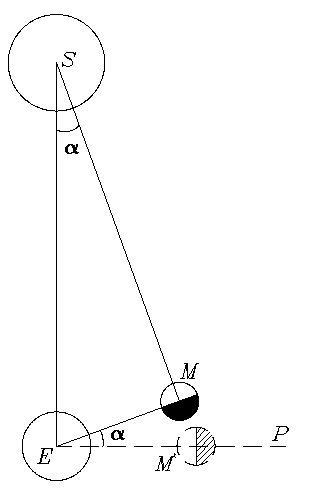
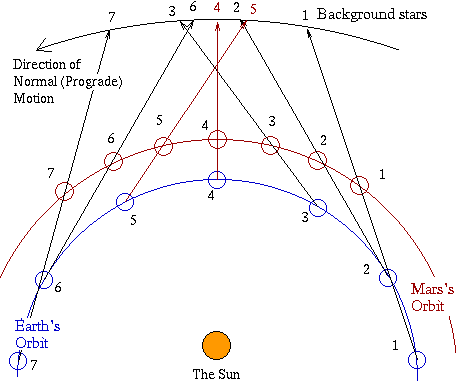
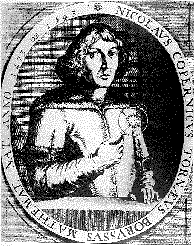
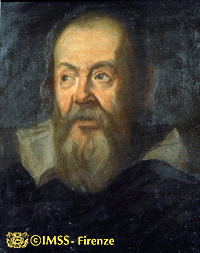


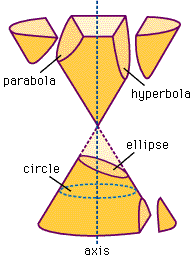
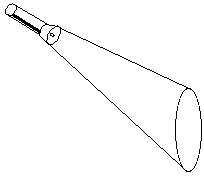
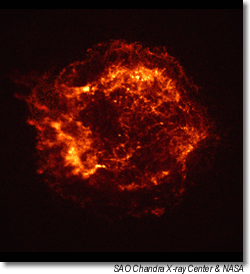 Kepler's later years were not too happy. His patron, Emperor Rudolf, died in 1612, and although Kepler retained his post as court mathematician and continued to produce important work, his life was increasingly disrupted by war. That was the 30 years' war, a bitter religious battle which pitted Protestants against Catholics; it began in Prague in 1618 and engulfed all of Kepler's part of Europe
Kepler's later years were not too happy. His patron, Emperor Rudolf, died in 1612, and although Kepler retained his post as court mathematician and continued to produce important work, his life was increasingly disrupted by war. That was the 30 years' war, a bitter religious battle which pitted Protestants against Catholics; it began in Prague in 1618 and engulfed all of Kepler's part of Europe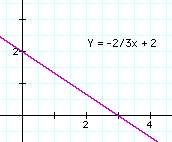
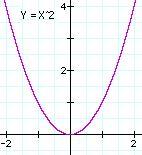
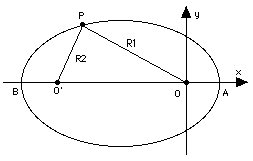
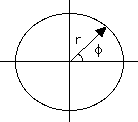
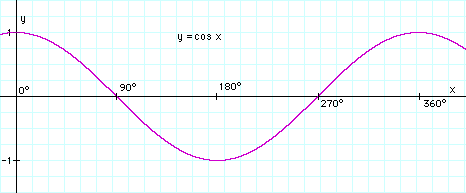
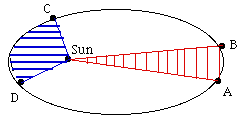
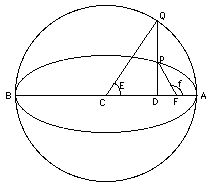
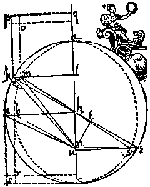
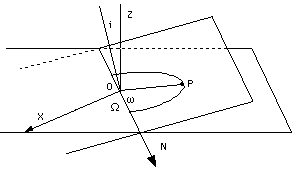 The 3 remaining orbital elements are all angles giving the position of the orbit in 3 dimensions. They are described below, but their actual use belongs to a university course in orbital mechanics and will be omitted. The angles:
The 3 remaining orbital elements are all angles giving the position of the orbit in 3 dimensions. They are described below, but their actual use belongs to a university course in orbital mechanics and will be omitted. The angles: